
Is it normal for my dog's skin to peel
Is it normal for my dog's skin to peel? If you’ve been brushing your Shih Tzu “Lulu” and noticed tiny, translucent flakes sticking to the brush, or caught a larger patch flaking off
how can i protect my dogs paws from heat? If you’ve ever stepped barefoot onto asphalt on a July afternoon in Florida, yelping and leaping back, you know how hot surfaces can burn. Now imagine your labrador “Buddy” trotting across that same pavement—his paw pads, though tough, are just as vulnerable. Summer heat turns sidewalks, driveways, and even sand into hidden dangers, scalding paws and making walks miserable. But with a few simple tricks, you can keep those paws safe and your pup happy all season long.
Paw pads are tough, but they have limits. The skin on a dog’s paws can handle temperatures up to about 120°F, but asphalt in direct sun can hit 140°F in minutes—hot enough to cause burns in 60 seconds. Breeds with light-colored pads (like boxers or bulldogs) are even more sensitive, as their skin has less natural protection. My friend in Arizona learned this the hard way: her Australian shepherd “Luna” came home limping after a midday walk, her pads red and blistered. A vet later told her the pavement had been 135°F that day.
The easiest way to check? Place the back of your hand on the ground for 7 seconds. If it’s too hot for you, it’s too hot for your dog. Stick to early mornings or evenings when temperatures drop, and seek out grassy areas—they stay 20-30°F cooler than concrete. If you must walk during the day, stick to shaded paths; tree cover makes a huge difference. A neighbor in Texas swears by this for her dachshund “Ollie,” who now only walks under the oak trees lining their street—no more limping.
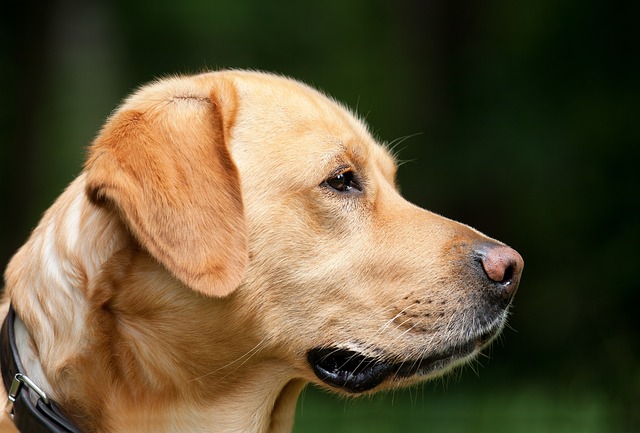
Paw protection gear works wonders, too. Dog booties (look for ones with non-slip soles) act like tiny shoes, shielding pads from heat. Start slow—let your dog wear them around the house for 5 minutes a day, rewarding with treats, to get used to the feel. Positive reinforcement turns booties from a nuisance into a game; my cousin’s beagle “Daisy” now wags her tail when she sees them, knowing they mean walk time. Paw wax is another option: rub a thin layer on pads before walks to create a heat-resistant barrier. It’s like sunscreen for paws, and most dogs don’t mind the mild, waxy texture.
Hydration helps, too. Hot paws lose moisture faster, so keep a bowl of cool water outside and offer sips during walks. A wet bandana around their neck can lower their body temp, making them less likely to overheat—happy side effect: cooler paws, too.
Protecting paws ties into responsible pet ownership. Keep your dog’s rabies vaccine current—required by 4 months in all U.S. states, with fines up to $500 in Los Angeles. A healthy dog handles heat better, so stay on schedule. When walking, always carry poop bags (fines in Chicago hit $250 for skipping) and clean up promptly—no one wants to step in messes, and it keeps shared spaces respectful.
Apartment dwellers, use paw wipes after walks to remove hot pavement residue, which can irritate pads. If your building has a rooftop or courtyard, check surface temps before letting your dog run free—black rubber mats get just as hot as asphalt. At community dog parks, stick to the shaded sections and bring a portable water bowl to share—keeping all pups cool builds good neighborly vibes.
Never force your dog to walk on hot surfaces. If they stop, lift a paw, or limp, head home—pushing them can cause lasting damage. With these steps, your dog’s paws will stay safe, and summer walks will be something you both look forward to.

Is it normal for my dog's skin to peel? If you’ve been brushing your Shih Tzu “Lulu” and noticed tiny, translucent flakes sticking to the brush, or caught a larger patch flaking off
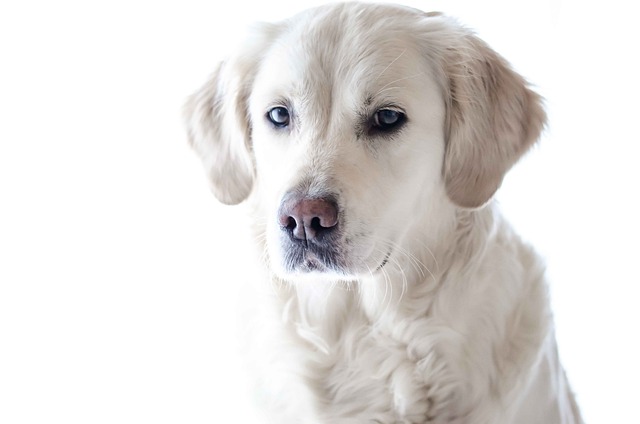
Why did my dog's skin peel off? If you’ve noticed your boxer “Maggie” scratching at her elbow, then lifted her paw to find a patch of skin peeling away
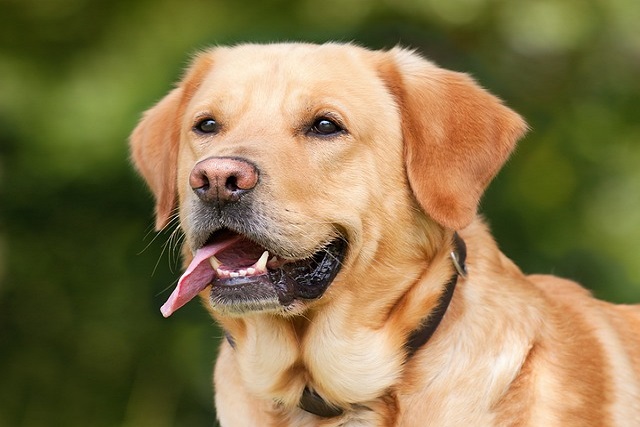
Do dogs sweat through their foot pads to help them keep cool? If you’ve ever noticed your golden retriever “Max” leaving damp paw prints on the kitchen floor after a long summer walk
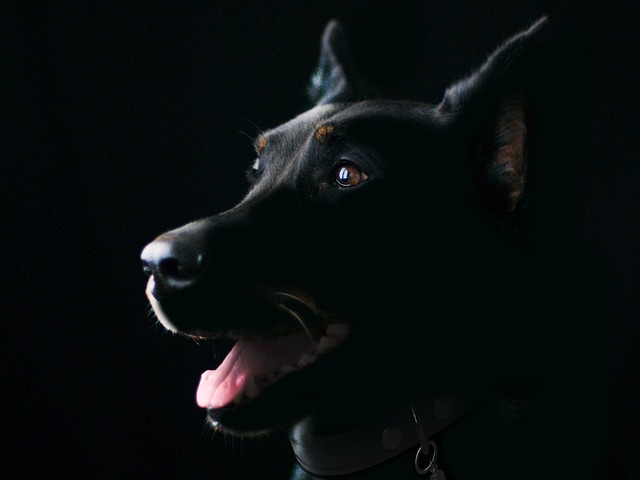
New puppy owners often fixate on making sure their fuzzy bundle gets every nutrient possible, and calcium—vital for growing bones and teeth—tops many worry lists.
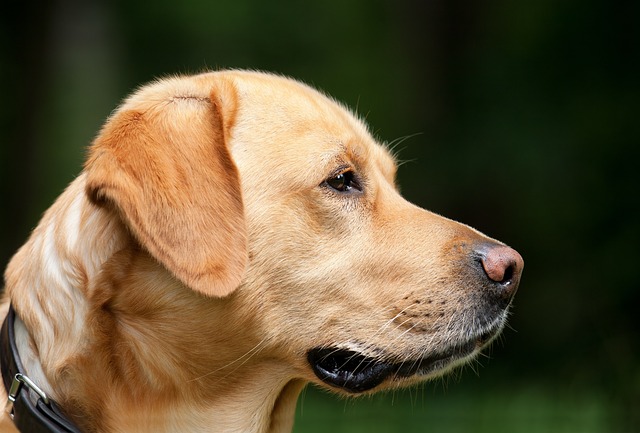
how can i protect my dogs paws from heat? If you’ve ever stepped barefoot onto asphalt on a July afternoon in Florida, yelping and leaping back
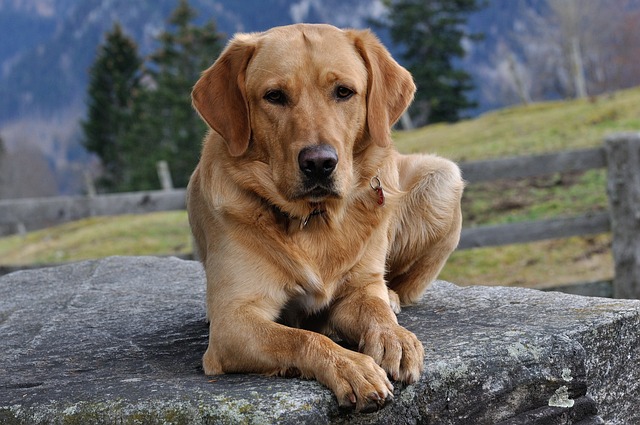
How do you maintain a dog's coat? If you’ve found tufts of your golden retriever “Bailey’s” fur clinging to every couch cushion, or noticed his once-shiny coat looking dull and matted